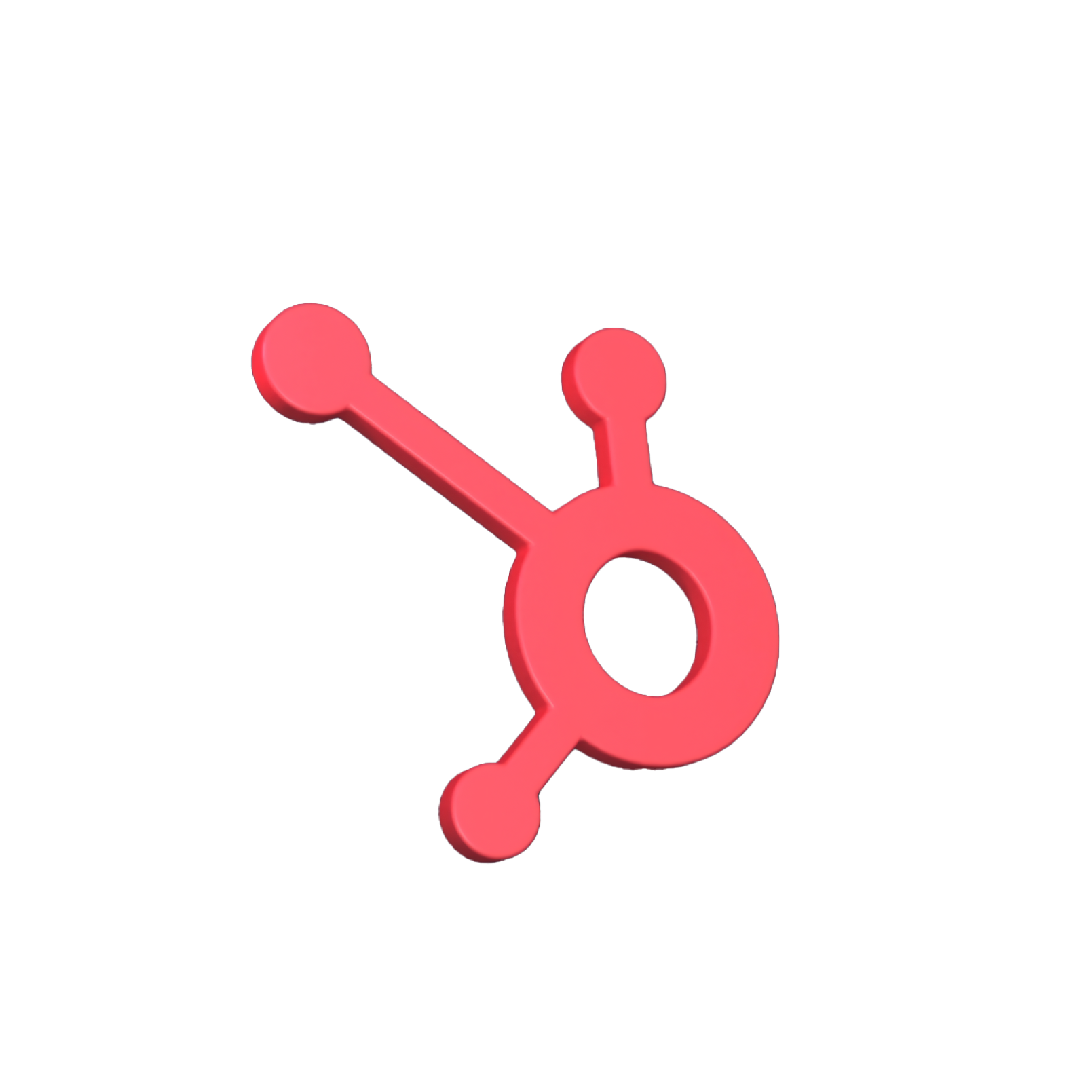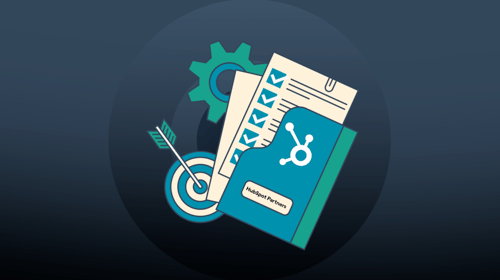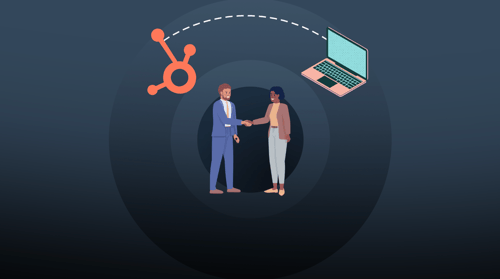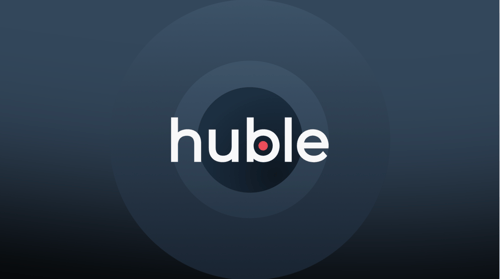In this blog, we go through the various phases of a successful Salesforce to HubSpot migration, so you can get a better idea of just how difficult the move is and whether it’s worth it for your business.
Let’s talk about the great migration.
Wait.. not that great migration. As majestic and breathtaking as 2 million antelope traversing the Serengeti is, I doubt any given wildebeest gives two flicks of the tail about running a successful enterprise.
So let me be more specific.
Let’s talk about another great migration… that many companies are taking as they move from Salesforce to HubSpot. While there’s minimal risk of being eaten by a croc, a Salesforce to HubSpot migration is not without its challenges.
In fact, the mere idea of migrating your company’s CRM can be especially daunting if you’re not quite sure where to begin.
“What if something goes wrong?” “What if my data is at risk”? “What if years of hard work and customer data are lost with the click of a mouse?”
These questions are all valid; but we’re here to assure you that, with the right phased migration approach, your Salesforce to HubSpot migration can be smooth, seamless, and have far-reaching benefits across your team and organisation. Each phase just needs to be completed carefully and thoroughly; doing so will also ensure minimal disruption to your business.
If you want to know which is the better CRM platform, view our Salesforce vs HubSpot resource page.
Phase 1: Architecture and strategy
The first phase is doing the legwork to outline exactly what the migration will comprise and what it aims to achieve. Companies that neglect the architecture and strategy phase – and jump straight into moving data – lack the direction and benchmarks that are essential to a successful data migration. They’re also in the dark around what constitutes success, or even if HubSpot is the right CRM for their specific needs.
Phase 1 of a Salesforce to HubSpot migration includes engaging key stakeholders involved in your CRM program, which should include a representative from practically every team in the business. Next, a CRM and CX blueprint should be designed that covers everything from customer acquisition, conversion strategies, as well as post-sale customer service and delight.
This phase is arguably the most difficult of the lot, as it requires significant expertise and technical knowledge to create a robust, detailed, and realistic strategic blueprint.
Difficulty: 9/10
Phase 2: Configuration and implementation
The second phase is where the actual migration happens. As HubSpot outlines in their guide, there are four things that need to be moved over when configuring HubSpot to pick up where Salesforce left off:
-
Records: Exporting your record data requires relevant properties to be set up in HubSpot. There is a native Salesforce integration that can assist with this process, but if your data is too complex a custom integration may be required.
-
Integrations: Third-party integrations are key to getting the most value from any CRM, but it’s rarely the case that your new technical architecture in HubSpot will mirror that of your Salesforce setup. Your new consolidated architecture should have been mapped in phase 1, so this step just involves connecting your business applications with either native or custom integrations.
-
Automation: Your automation workflows, whether lead nurture or sales sequences, should similarly be updated and optimised for the HubSpot platform.
-
Reports: Moving reports over requires a clear understanding of what your reporting needs are, and how HubSpot’s out-of-the-box reports meet those needs. If they don’t, you’ll need to build custom reports to fill the gaps.
While potentially time-consuming, the ease of phase two will depend on how much effort went into phase 1. Best-case scenario configuration and implementation is a simple box-ticking exercise; but more often than not, companies spend this time troubleshooting errors and trying to figure out where their strategic blueprint is falling short.
Working with an expert HubSpot agency like Huble Digital is a great way to ensure a smooth phase 2, but more on that later.
Difficulty: between 3 and 10
Phase 3: Training and change management
Once HubSpot has been configured and the brunt of your migration is behind you, you need to focus on getting the people in your organisation up to speed. Without investing in training and change management, all your efforts will be in vain. After all, even the most powerful tool in the world is only valuable in capable hands.
Training should be tailored to each department, introducing key stakeholders to the platform and getting them comfortable with it. HubSpot is incredibly intuitive and user friendly, which makes this part a lot easier. Training should also aim to empower key users with the resources and best practices to launch campaigns quickly and effectively.
Difficulty of this phase depends on a few factors: the expertise of the people doing the training, how receptive your teams are to change, and the degree to which your strategic blueprint accounted for the way people work in your business.
Difficulty: between 4 and 7
Phase 4: Ongoing support
The final phase kicks off when business operations are back on track with HubSpot at your fingertips: offering ongoing support to anyone who needs it. Having a key internal stakeholder to be available to assist with troubleshooting problems and finding solutions can be tricky, which is why it pays to enlist the services of a leading HubSpot partner agency like Huble Digital, who can always be on standby to offer essential support as and when your team needs it.
Difficulty: 4
Having the right partner at your side
Few companies have the internal resources and expertise to roll out all four of the above phases on their own. This means they have a few options.
They can either enlist help directly from HubSpot, receiving best-practices and overall solution design from the software giant themselves. Alternatively, they can turn to a HubSpot Partner agency like Huble Digital. A partner-led migration is generally favourable, as partners can offer more comprehensive support with tailored migration services and specialised industry expertise.
Given all of the above, let’s circle back to the initial question posed in the title and ask: just how difficult is it to switch from Salesforce to HubSpot?
The answer, quite simply, is that it depends on how much support you get.
With the partner-led option and a trusted Elite HubSpot partner like Huble Digital at your side, you’ll have an experienced expert to guide you along every step of the way.
Our team at Huble have guided many companies through the process of moving from Salesforce to HubSpot with outstanding results. We’ll ensure you are moved over as effectively as possible. Get in touch with us here.










-3.png?width=500&height=320&name=Matt%20-%20imagery%20bank%20(8)-3.png)

